A Comprehensive Guide to India's Roads and Lanes: The Correct Way of Using the Asphalt
As you weave your way through the bustling metropolis or journey along the scenic countryside, it is crucial to understand the complexities of the road line system. Whether you're driving down a single-lane road or navigating through a 2 lane road, knowing the road lines' meaning can be the difference between a harmonious and chaotic trip.
Every inch of the asphalt holds a unique narrative, with road markings in India serving as the key to unlocking their enigmatic language. From road lines to yellow lines on road, each symbol inscribed on the tarmac holds a distinct significance, dictating the ebb and flow of traffic and ensuring the safety of all who undertake these journeys.
So, fasten your seat belts and prepare to commence a journey into the captivating world of Indian roads, uncovering the secrets of the yellow line on road and beyond.
What is the Meaning of Road Markings?
Road markings refer to the lines, symbols, and patterns that are painted or marked on the surface of the road. These markings serve as a visual guide to the driver, conveying important information regarding the lane system, traffic flow, speed limit, and other road rules. In India, road markings are an essential component of road safety, ensuring the smooth and safe movement of vehicles.
Road markings are typically painted using a thermoplastic material that is highly durable and can withstand the wear and tear of heavy traffic. These markings are also designed to be visible at all times of day and weather conditions.
What are the Advantages of Road Markings?
Road markings play a vital role in enhancing road safety, here are ten advantages of road markings that you should know about:
- Road markings help guide drivers, indicating the correct lanes and traffic flow.
- Help prevent accidents by providing clear indications of the road rules, such as speed limits and no-overtaking zones.
- Road markings help to reduce traffic congestion by directing drivers to the correct lanes and routes.
- They improve pedestrian safety by marking out pedestrian crossings and cycle lanes.
- Road markings increase visibility in low-light conditions, making it easier for drivers to navigate the road.
- They aid in the navigation of complex intersections and roundabouts.
- Road markings provide a clear demarcation between lanes, reducing the risk of collisions and lane-swerving.
- They assist in the efficient movement of emergency vehicles, ensuring quick response times in times of need.
- Road markings aid in the enforcement of traffic laws and regulations.
- They enhance the overall aesthetics of the road, creating a visually appealing and well-organised transport system.
What are the Different Types of Road Markings in India?
In India, road markings are regulated by the Indian Roads Congress (IRC), the Apex Body of Highway Engineers in the country. These road markings are divided into various types based on their function and location:
1. Centre Lines
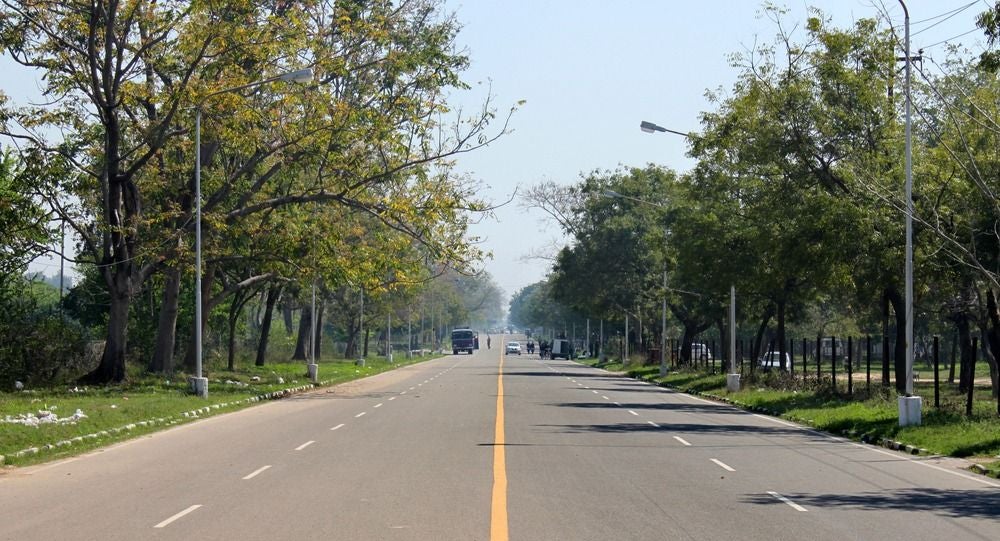
As the name suggests, these are markings on the centre of the road that separate two-way traffic. They are usually painted in white or yellow and help guide drivers to stay within their lane. In India, white centre lines are used for single-lane roads, while yellow centre lines are used for multi-lane roads.
2. Edge Lines
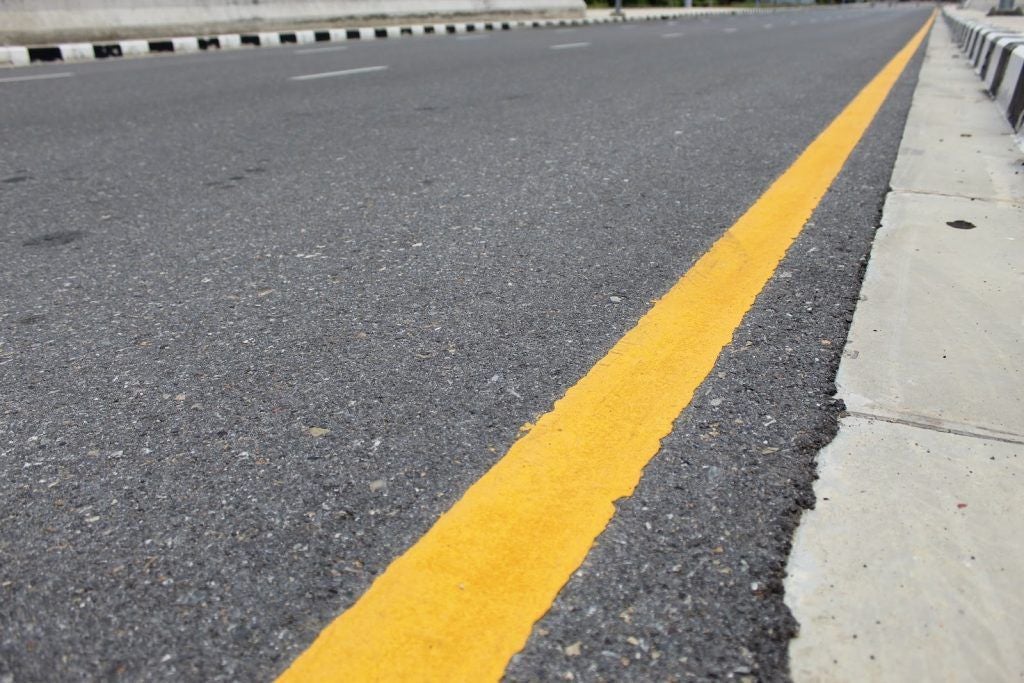
Edge lines are markings on the edge of the road that indicate the limits of the roadway. They are painted in white or yellow and help drivers maintain their position on the road, especially in low-light conditions.
3. Lane Lines

Lane lines are markings on the road that indicate the division of lanes. They are usually painted white or yellow and help drivers to stay within their lane. In India, yellow lane lines are used to indicate a "no overtaking zone", while white lane lines are used for regular lanes.
4. Stop Lines
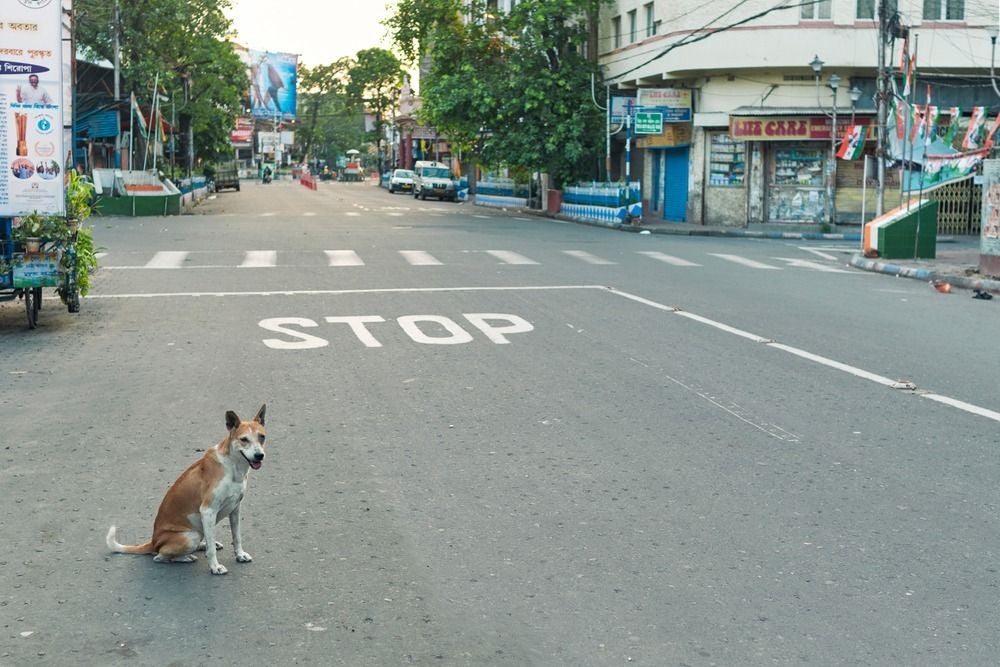
Stop lines are painted in white and indicate the point where vehicles must stop at a junction or traffic signal.
5. Zebra Crossings

Zebra crossings are markings on the road that indicate pedestrian crossings. They are painted white with black stripes and help to ensure pedestrian safety by providing a clear indication of the crossing.
6. Give Way Lines

Give way lines are markings on the road that indicate a point where drivers must yield to other traffic. They are usually painted in white and are accompanied by a triangular shape with a red border.
7. Parking Markings
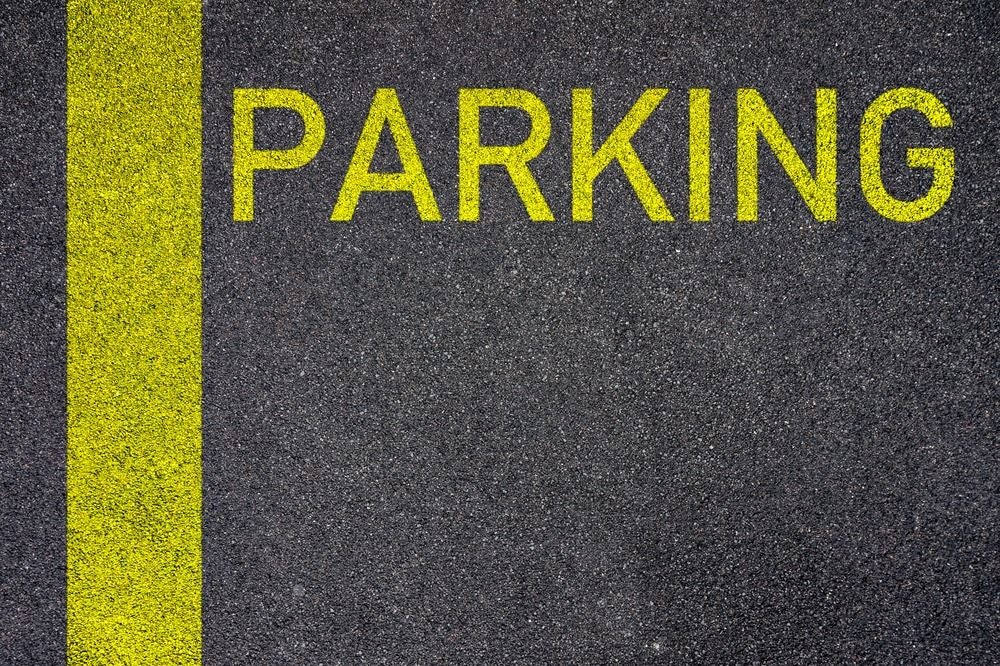
Parking markings are markings on the road that indicate the designated parking areas. They are usually painted in white and help to ensure orderly parking and reduce congestion on the road.
8. Cycle Lanes
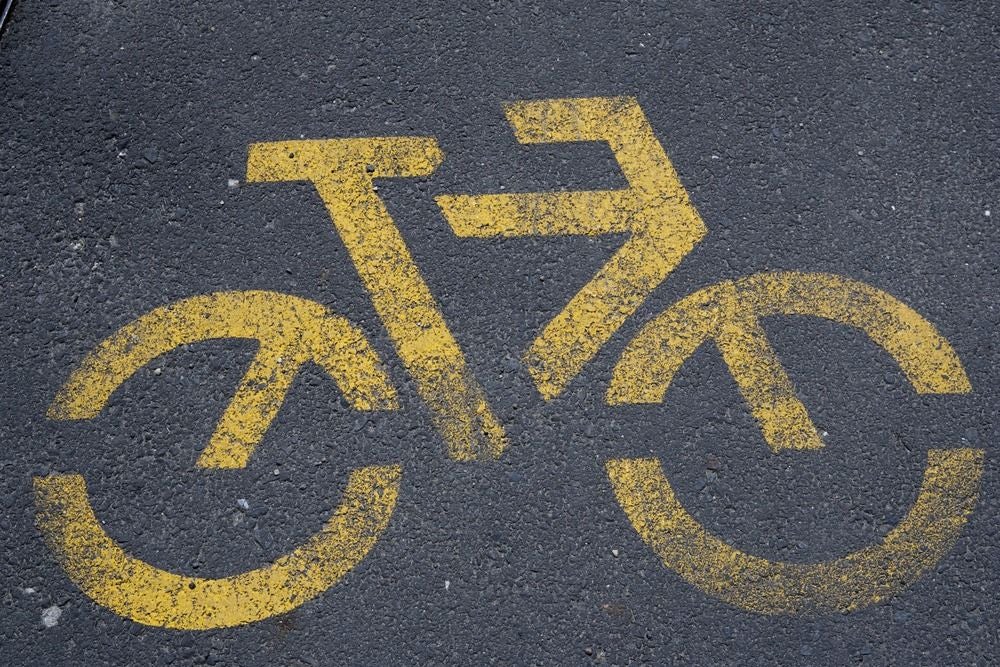
Cycle lanes are markings on the road that indicate the designated lanes for cyclists. They are usually painted as the drawing of a cycle and help to ensure cyclist safety by providing a separate lane for them to ride in.
How are Road Marking Paints Made?

Road marking paints are specially formulated using a range of different materials, including resins, pigments, solvents, and additives.
The resins used in road marking paints are typically thermoplastic or thermosetting resins, which provide durability and adhesion to the surface. The pigments used in these paints are carefully selected to provide high visibility and contrast against the road surface. Solvents are added to the mixture to ensure proper flow and application, and additives may be included to enhance performance or provide specific properties, such as slip resistance or reflective properties.
The manufacturing process for road marking paints typically involves blending different components in specific proportions, which are determined by the desired performance characteristics and application requirements. The mixture is then processed using high-speed mixing equipment to ensure all components are well-mixed and evenly distributed. The final product is tested to ensure that it meets the necessary performance standards for road marking paints, including adhesion, durability, and visibility.
What are Lane Systems?
A lane system is a type of road layout that separates traffic into different lanes, with each lane serving a specific purpose. Lane systems are commonly used on highways and expressways, but can also be found on other types of roads.
The most common types of lane systems include single-lane roads, dual-lane roads, and multi-lane roads. Single-lane roads have only one lane of traffic in each direction, while dual-lane roads have two lanes of traffic in each direction. Multi-lane roads can have three or more lanes of traffic in each direction, with some highways having as many as ten or more lanes.
What are the Benefits of Lane Systems?
Lane systems offer several benefits over other types of road layouts. Some of the most significant benefits of lane systems include:
- Lane systems help improve safety on the road by separating traffic into different lanes and reducing the risk of collisions.
- They can increase the capacity of a road, allowing more vehicles to pass through at the same time.
- Lane systems can improve traffic flow by separating slow-moving and fast-moving vehicles into different lanes.
- They can help reduce congestion, which can lead to faster travel times and reduced fuel consumption.
- Lane systems can help drivers navigate the road more easily by providing clear guidance on which lanes to use for different types of traffic.
- They can make transportation more efficient by reducing travel times and improving reliability.
- Lane systems can help to reduce the environmental impact of transportation by reducing fuel consumption and emissions.
- They can make road maintenance easier and more efficient by providing clear areas for repair work and reducing the need for closures or detours.
- Lane systems can make roads more accessible for different types of vehicles, including bicycles, pedestrians, and public transportation.
- They can enhance the overall driver experience by providing a smoother, more predictable journey that is less stressful and more enjoyable.
What are the Different Types of Lane Systems in India?
There are different types of lane systems in India, each serving a specific purpose. Let's take a closer look at each of them:
1. Single Lane System
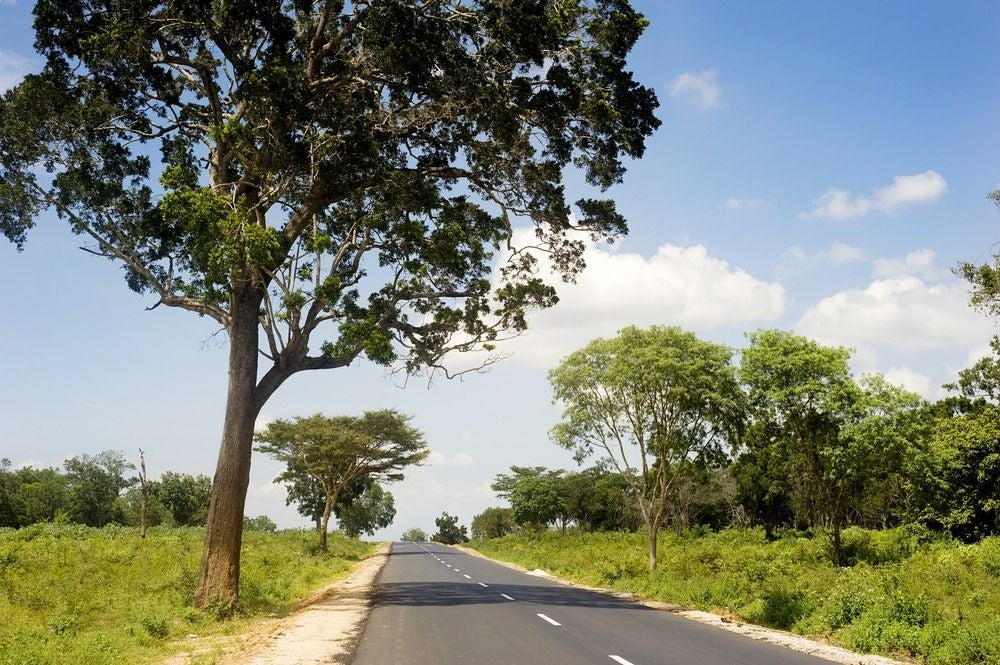
This is the simplest lane system consisting of only one lane on each side of the road. The vehicles move in opposite directions on these lanes, with no separation between them. The roads with one lane system are usually narrow and found in rural areas or hilly terrains. Vehicles on such roads need to be driven carefully as there is no scope for overtaking and the traffic can be heavy at times.
2. Two Lane System
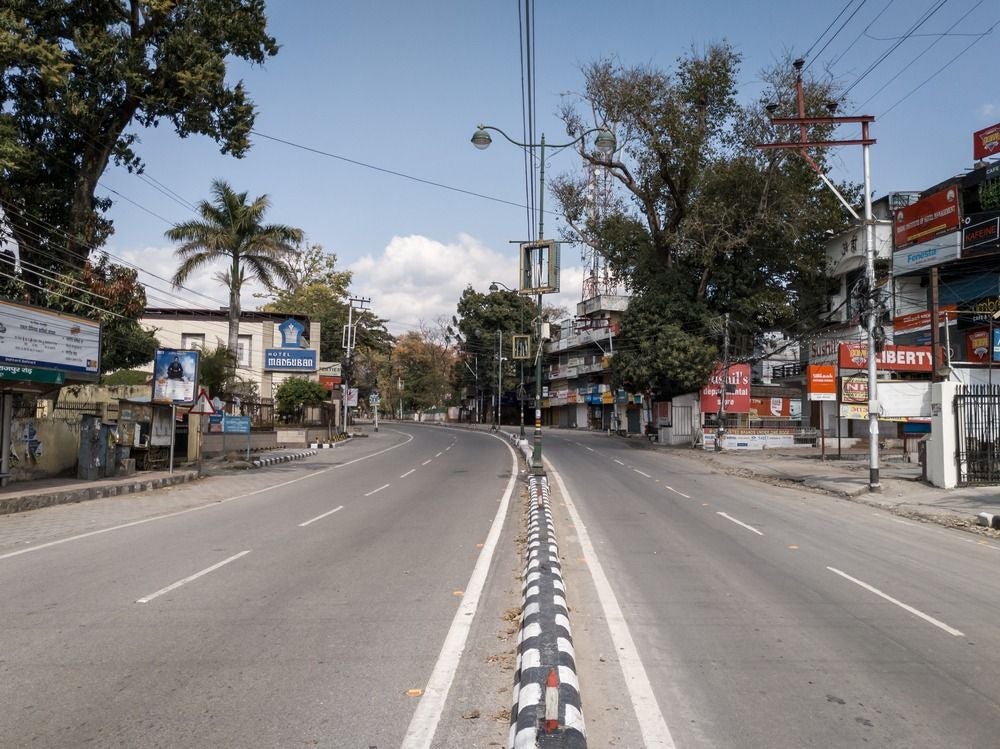
This is a slightly more advanced lane system where two lanes are provided on each side of the road. The lanes are marked with road markings, and there is usually a centerline to separate the lanes. Vehicles move in opposite directions on these lanes, and overtaking can be done when visibility is clear. The two-lane system is commonly found on highways connecting cities and towns.
3. Three Lane System

This system is commonly observed on highways and busy roads with moderate to high traffic volumes. It consists of three lanes: one for slow-moving vehicles, one for regular traffic, and one for overtaking. The lanes are typically marked with solid and broken lines. The slow-moving vehicle lane, usually on the left, is designated for vehicles such as trucks, buses, and those travelling at a slower pace. The middle lane is for regular traffic, and the right lane is primarily for overtaking. However, drivers are expected to follow lane discipline and move back to the middle lane after overtaking to allow smoother traffic flow. It's essential to exercise caution and use indicators while changing lanes.
4. Four Lane System
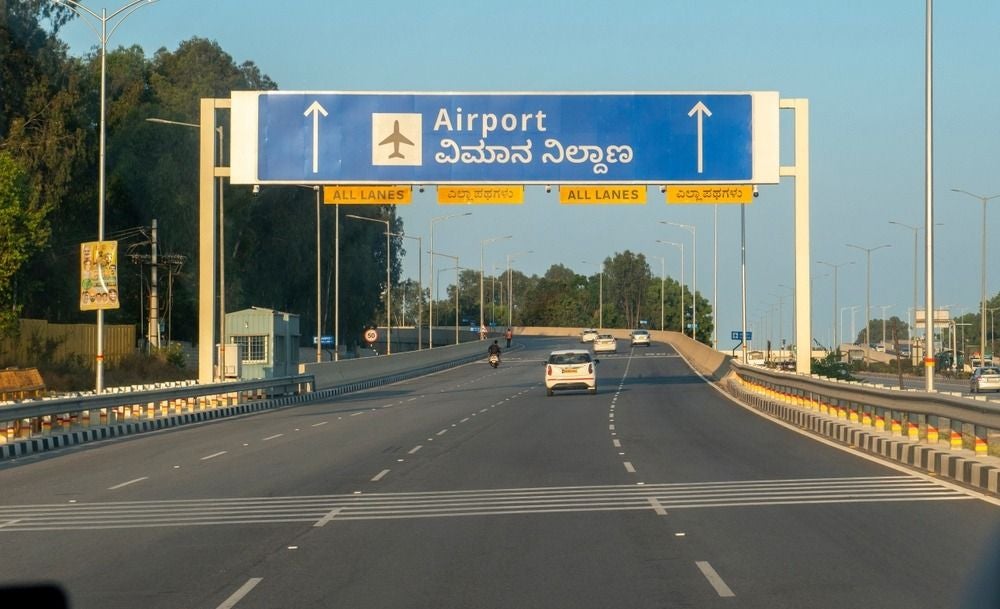
The four-lane system is commonly found on busy highways, expressways, and major roads in urban areas. It consists of two lanes for each direction of travel, separated by a median or physical barrier. The lanes are typically marked with solid and broken lines. The outer lanes are meant for overtaking, while the inner lanes are typically used for regular traffic. Similar to the three-lane system, it's crucial to follow lane discipline, use indicators while changing lanes, and move back to the inner lanes after overtaking to maintain smooth traffic flow. The presence of a median or barrier enhances safety by preventing crossover between opposing traffic streams.
5. Multi-Lane System
This is a more complex lane system where multiple lanes are provided on each side of the road. There can be two, three, four or more lanes on each side of the road. These lanes are marked with road markings, and there is usually a centerline marking to separate the lanes. The multi-lane system is commonly found on busy highways or expressways.
6. Roundabout System

The roundabout system is a circular intersection where traffic flows in a clockwise direction around a central island. Vehicles entering the roundabout must yield to the traffic already inside it. The roundabout system is designed to slow down traffic, reduce the number of conflict points and eliminate the need for traffic signals. It is commonly used in urban areas.
7. Grade Separated System
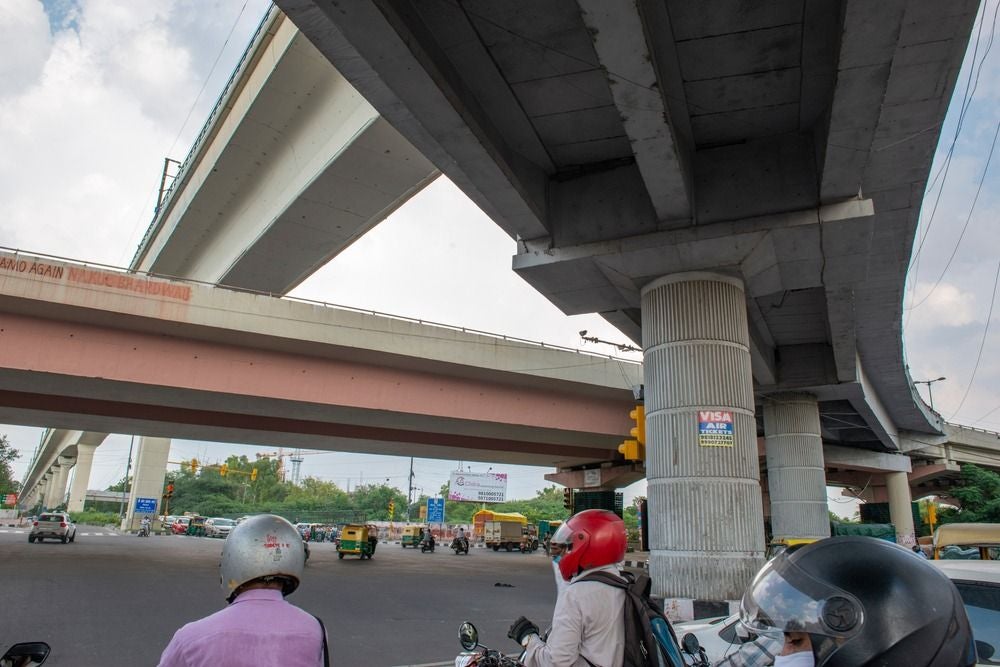
The grade-separated system is a network of roads and highways that are designed to eliminate intersections by providing separate levels for different types of traffic. This system includes flyovers, underpasses, overpasses and cloverleaves. It is commonly found on highways connecting cities and towns to reduce traffic congestion and improve safety. The grade-separated system allows for smoother and faster movement of traffic.
The Bottom Line
In conclusion, understanding the various types of roads and lane systems in India is crucial for both drivers and pedestrians. Road markings and signs play a critical role in ensuring safe and efficient travel. Different lane systems are designed to meet specific traffic requirements and must be used correctly to avoid accidents and delays. By adhering to the rules of the road and adopting a defensive driving approach, we can all play our part in making India's roads safer for everyone.
At CARS24, we encourage our readers to take the initiative to educate others about the importance of safe driving practices and to spread awareness about the different types of road systems in India. By working together, we can create a culture of responsible driving and make our roads safer for all. Remember, safe driving starts with you!
FAQs:
Q. What are the advantages of road markings?
Road markings improve road safety by providing guidance, reducing confusion, and warning drivers of potential hazards. They also improve traffic flow, increase visibility, and make it easier for drivers to identify and follow their designated lanes.
Q. What is the purpose of lane systems?
The purpose of lane systems is to separate traffic flow and provide a structured system for vehicles to move safely and efficiently. It helps to prevent accidents, reduce congestion, and promote a smoother driving experience.
Q. What is a roundabout system?
A roundabout system is a circular intersection where traffic flows in a clockwise direction around a central island. It helps to reduce accidents and delays caused by traditional intersections and promotes smoother traffic flow.
Q. What is a grade-separated system?
A grade-separated system is a type of intersection where different levels of roads cross without intersecting at the same level. It includes overpasses and underpasses and helps to reduce congestion and accidents caused by conflicting traffic.
Q. How are road marking paints made?
Road marking paints are made of different components such as pigments, resins, and additives that are mixed to form a durable and visible coating. The components are mixed in a controlled environment and then applied to the road surface using specialised equipment. The paint is designed to withstand weather conditions and heavy traffic while maintaining its brightness and visibility.






.jpg&w=828&q=75)






.jpg&w=828&q=75)
.jpg&w=828&q=75)
.jpg&w=828&q=75)
.jpg&w=828&q=75)

.jpg&w=384&q=75)

.jpg&w=384&q=75)
.jpg&w=384&q=75)

.jpg&w=384&q=75)
.jpg&w=384&q=75)

.webp&w=384&q=75)








